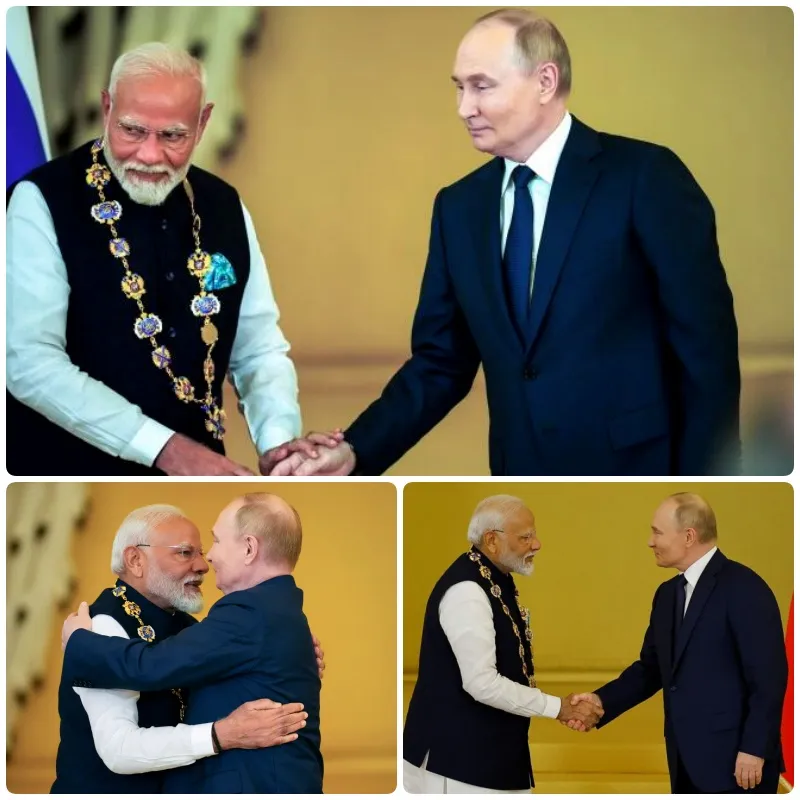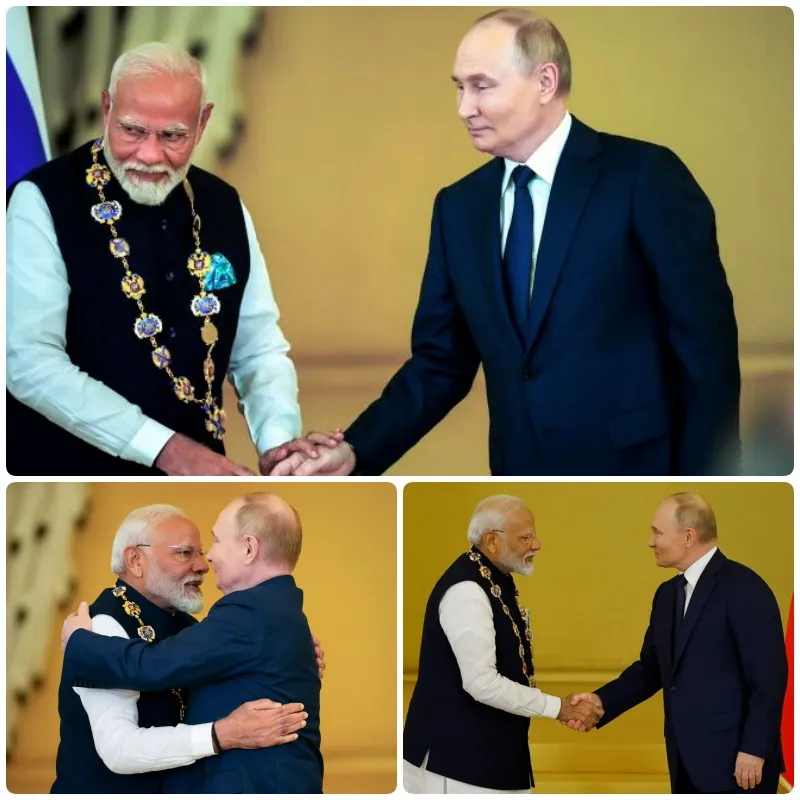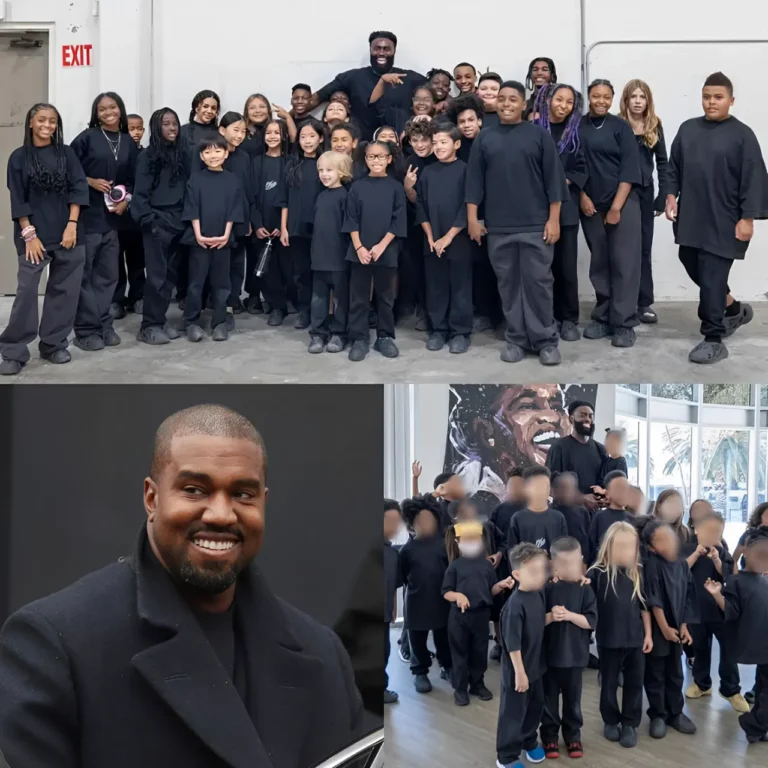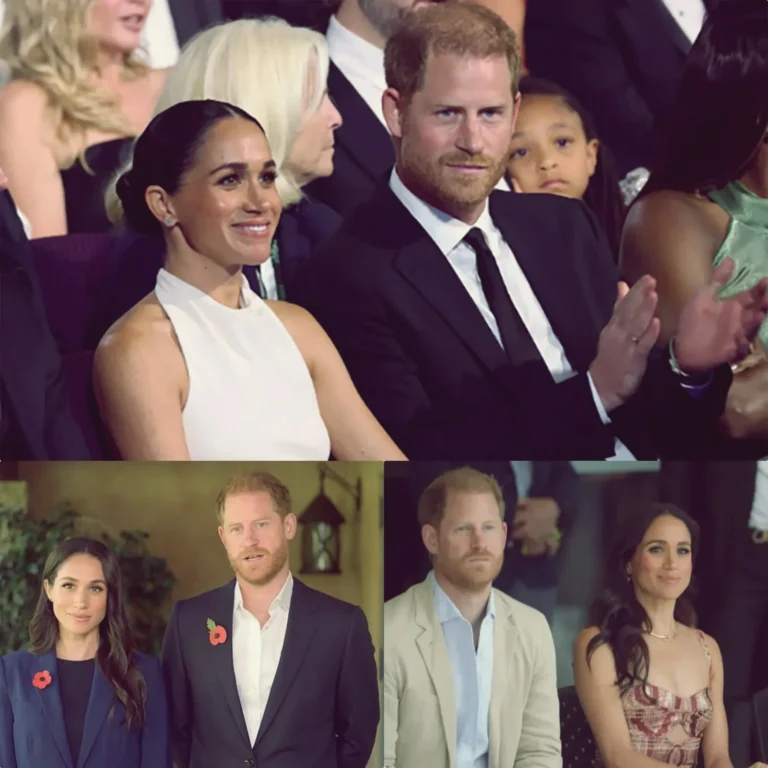
India’s Modi Visits Ukraine After Moscow Trip: What It Means for Global Relations
Indian Prime Minister Narendra Modi is set to meet with Ukrainian President Volodymyr Zelenskyy in a landmark visit to Ukraine this Friday, just weeks after his recent trip to Moscow where he held talks with President Vladimir Putin.

This visit marks a significant moment in India-Ukraine relations and could have broad implications for global diplomacy. The visit aims to strengthen economic ties and cooperation in defense, science, and technology between the two nations. However, the timing and context of the visit have sparked widespread interest and speculation.
Why is Modi Visiting Ukraine Now?
Modi’s visit to Ukraine is the first by an Indian Prime Minister since the two countries established diplomatic relations over 30 years ago. His arrival in Kyiv follows a two-day visit to Poland, signaling India’s intent to deepen its ties with Eastern Europe.
Analysts believe the timing of this trip is crucial. It comes after Modi’s controversial visit to Moscow in early July, which coincided with NATO leaders gathering in Washington and a deadly missile strike on a Ukrainian hospital. Ukrainian President Zelenskyy expressed disappointment over Modi’s meeting with Putin, further straining relations between Kyiv and New Delhi.
Balancing Relations: India’s Strategic Move
Modi’s Ukraine visit is widely seen as an attempt to balance India’s foreign policy, which has historically leaned toward Russia due to Cold War-era ties. Despite international pressure, India has refrained from condemning Russia’s invasion of Ukraine and has not voted against Russia in U.N. resolutions. This stance has led some to view India as favoring Moscow, especially following Modi’s recent meeting with Putin.
However, Indian officials have downplayed any direct connection between the Moscow and Kyiv visits, emphasizing that India’s relationships with both countries are independent and multifaceted.

India’s Ties to Russia: A Complex History
India and Russia have shared strong diplomatic and trade relations since the Cold War. Russia remains a key defense partner for India, supplying over 60% of its military hardware. Additionally, India has become one of the largest buyers of Russian oil, especially after Western sanctions against Russia limited its access to global markets. Modi’s visit to Moscow was seen as reaffirming this long-standing partnership, even as India faces criticism for its neutral stance on the Ukraine conflict.
India’s Growing Relationship with Ukraine
While India’s trade with Ukraine is significantly smaller than with Russia, the two countries have maintained diplomatic relations, and India has provided humanitarian assistance to Ukraine since the conflict began. Modi and Zelenskyy have also engaged in dialogue at international forums, further strengthening their relationship.
During this visit, Modi is expected to discuss enhancing economic and technological cooperation between India and Ukraine. However, the backdrop of India’s ties with Russia is likely to influence the discussions, even if not explicitly mentioned.
Global Reactions: A Diplomatic Tightrope
Modi’s visit to Ukraine is likely to be welcomed by Western nations, particularly the United States, which had expressed concern over his recent Moscow trip. This visit could serve as a diplomatic move to reassure the West of India’s balanced approach to global conflicts.
For Modi, this trip offers an opportunity to engage with Ukraine, assert India’s strategic interests, and maintain its non-aligned stance in international affairs. However, experts suggest that while the visit may help in placating Western concerns, India’s close relationship with Russia will remain a significant factor in its foreign policy.
Modi’s visit to Ukraine, following closely on the heels of his Moscow trip, is a delicate balancing act in India’s foreign policy. As the world watches, this visit could redefine India’s role in the ongoing conflict and its broader position on the global stage. Whether this trip will lead to a shift in India’s diplomatic approach or simply reinforce its current strategy remains to be seen.






